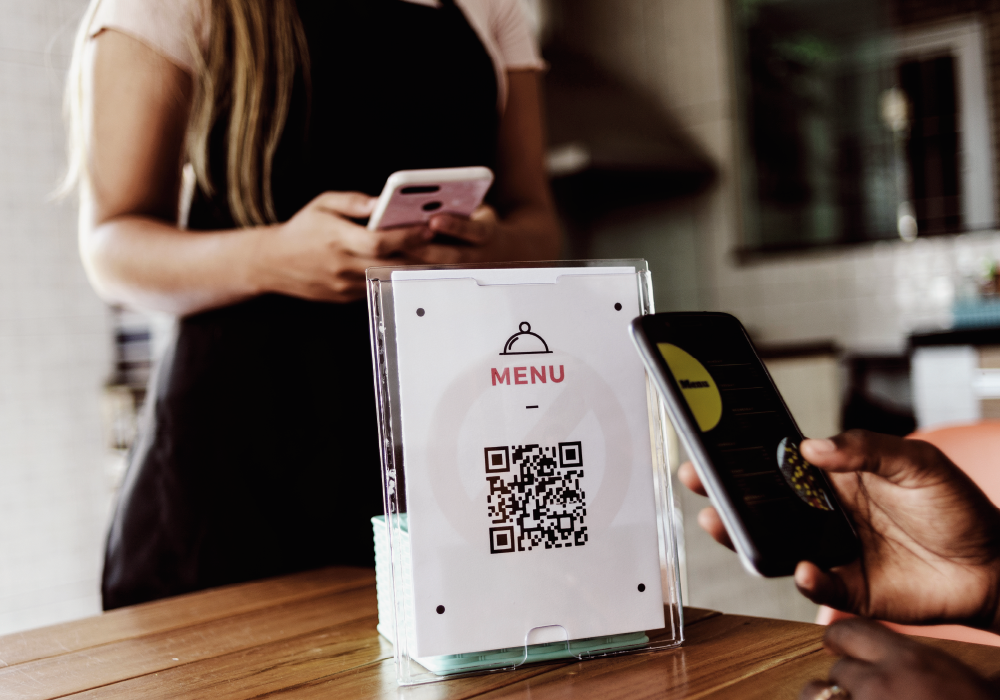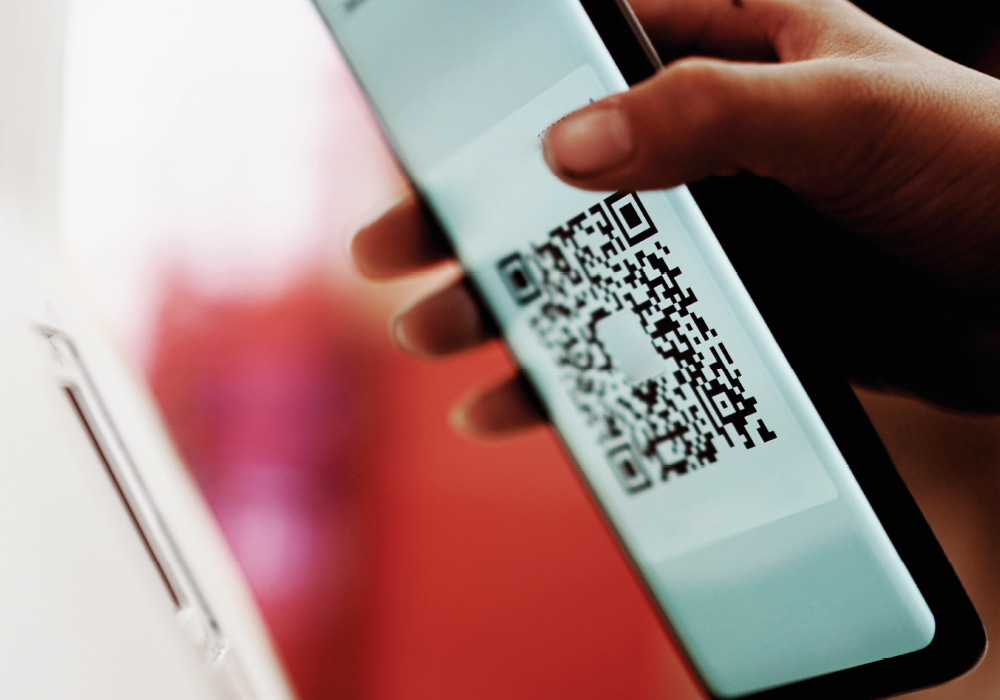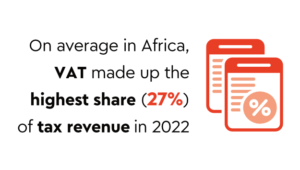In December 2009, the cover of an American men’s magazine featured film star Robert Downey Jr sitting on what editor David Granger described as a ‘googly-looking box’. That box contained a quick-response (QR) code which – when used with a mobile app and a smartphone camera – gave readers access to multimedia content. Nifty. But then, just as QR codes were entering the media spotlight … they disappeared.
Fast-forward to 2022, and cryptocurrency exchange Coinbase stole the show at the SuperBowl, with a bizarre 60-second TV commercial that featured nothing but a brightly coloured QR code sliding around the screen (much like one of those late-1990s DVD logo screensavers). Coinbase paid nearly US$14 million to flight the advert, but it was money well spent: its home page saw more than 20 million impressions within a minute, and its app temporarily crashed.
QR codes are also emerging in restaurants, where (according to a recent Datassential survey) barely a quarter of consumers reported encountering them in 2020. By 2021 that number had shot up to more than 50%. Younger consumers appear most open to the technology, with 68% of surveyed Gen Zers (compared to 49% of the overall population) saying they’d used a QR code to access an online menu at a restaurant. ‘In practice, perhaps this is what implementing QR codes could look like for an operator,’ the report notes. ‘Consumers are greeted by a host asking if they’d prefer a paper menu while there’s a QR code on the table awaiting those who are ready to get down to business.’
Product packaging is another growth area. In Belgium, agricultural co-op Coöperatie Hoogstraten is using the technology to provide accurate track-and-trace information on produce supply chains. ‘We wanted to use a QR code to directly link the product to the grower’s profile and to get accurate information throughout the supply chain,’ says operations manager Jeroen Swolfs. ‘People could enter a numbered code, found on the punnet, on our website and thus learn more about the product and its grower.’
Unlike bar codes, which encode data one-dimensionally, QR codes use four encoding modes in a matrix – numeric, alphanumeric, binary and kanji (logographic characters, revealing the technology’s Japanese roots) – to provide much more information. Typically, that information is a link to a website; but increasingly, QR codes are enabling secure digital payments.
So what changed? How did QR codes go from being a googly-looking gimmick to enjoying a second life as an enabler of financial inclusion? The simple answer, says Insider Intelligence analyst Peter Adrian, is COVID-19. ‘The pandemic drove significant growth in QR-code adoption because QR codes enable contactless, hygienic interactions,’ he said in a recent report, which found that the number of US users who scanned a QR code increased by 25% from 2019 to 2020. Of course it helps that, over and above the physical hygiene factor, most smartphones are now able to read QR codes without requiring a third-party app.
Insider Intelligence’s numbers are consistent with Juniper Research’s forecasts, which expect almost a third of the world’s population (2.2 billion people) to adopt QR payments by 2025. Juniper’s researchers see much of the growth in QR-enabled payments coming from emerging markets.
It’s already happening. Online payment gateway PayFast reported a 412% increase in transactions made with Masterpass – a free digital wallet that allows shoppers to scan a QR code for online-purchase payments – between March 2020 and February 2021.
And, crucially, it’s not just fintech that’s using QR codes to enable payments. Africa’s banks are including the technology in their offering, too. In April 2021 Absa launched QR payments on its mobile banking app, allowing registered users to make secure payments via QR-enabled South African payment platforms such as SnapScan, Zapper and Pay@. The payments are processed by the bank, without users needing to download any other service provider apps.
Cowyk Fox, managing executive of everyday banking at Absa Retail and Business Bank, says that Absa witnessed a 200% increase in contactless payments in 2020, while e-commerce levels doubled. ‘As a sign of our confidence in the security of Absa’s QR payments, customers automatically have the security of Absa’s market-first free digital fraud warranty, which all customers who make use of the Absa mobile banking app have access to.’
Absa’s in-app QR payment option was enabled through a partnership with Stellenbosch-based fintech Entersekt, which also worked on Capitec’s peer-to-peer account-based Pay Me QR offering, as well as Nedbank’s first-to-market Scan to Pay function.
‘QR payments are ideal for the South African market,’ says Entersekt product manager Jonathan van der Merwe. ‘Local customers have shown they are eager to try new and more convenient payment methods, particularly if they are mobile-based and even more so if they are within their existing banking app. These truly contactless payments also make excellent business sense for banks, and we have seen strong interest from financial service providers in South Africa and abroad.’
In December 2021 Capitec took QR code technology beyond point-of-sale payments and into the realms of inter-account transactions, with its Capitec Pay Me solution enabling its clients to generate a personalised QR code on the bank’s mobile app to receive immediate, secure payments from other Capitec clients. ‘Carrying cash is expensive and unsafe,’ says Francois Viviers, group executive of marketing at Capitec. ‘We’re giving our clients, who are from all different walks of life, a simpler and safer way to pay.
‘You’ll no longer need cash to pay for small purchases at informal retailers, tip car guards or pay the person selling ice creams at the beach. It’s also an easy way to transfer money to family or friends and to split the bill at a restaurant.’ Viviers says that more than 2.5 million clients activated their unique QR code within a week of the launch.
Security is a real concern. In January 2022 (days before Coinbase’s SuperBowl ad aired), the FBI warned US citizens that cybercriminals were tampering with QR codes to redirect victims to malicious sites that steal login and financial information. ‘Cybercriminals tamper with both digital and physical QR codes to replace legitimate codes with malicious codes,’ it said. ‘A victim scans what they think to be a legitimate code but the tampered code directs victims to a malicious site, which prompts them to enter login and financial information. Access to this victim information gives the cybercriminal the ability to potentially steal funds through victim accounts.’

Standardisation will go a long way in making QR code payments both safer and easier. To that end, the Payments Association of South Africa announced a payments standard for the technology in October 2021, in a push towards interoperability across payment domains.
‘It is very exciting, knowing that we have enabled an opportunity for various players to participate in QR code payments without having to create their own unique code,’ says Rudie Froneman, head of card at African Bank and sponsor of PASA’s QR Code Standardisation project. ‘The beauty is that QR is dynamic and therefore creates several opportunities and possibilities within the broader payments landscape.’
For banks in South Africa, the continent and across the world, those possibilities include safe, easy cashless payments. They also include digital health passes, blended learning, document verification, food labelling, and countless other applications.
For its marketers, meanwhile, the rebirth of QR code technology will continue to offer opportunities for eye-catching advertising stunts. In February, for example, the night skies above downtown Austin, Texas, lit up with dozens of drones forming a scannable, clickable QR code.
The code linked to a commercial for the new TV series Halo. It could, however, have linked to anything.


















